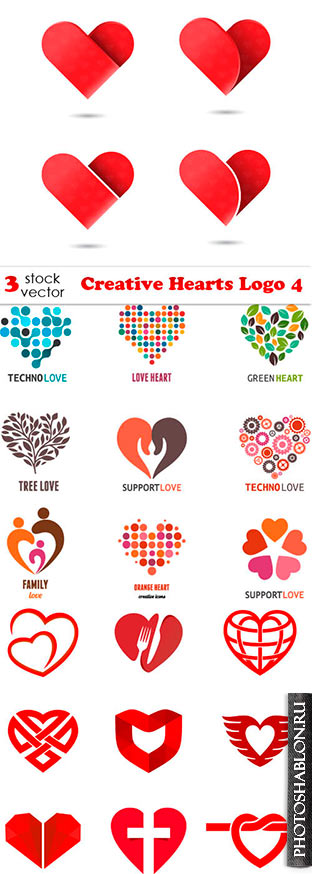
Шаблоны логотипов - Сердца / Vectors - Creative Hearts Logo 4
3 AI+TIFF | 54.22 Mb
|
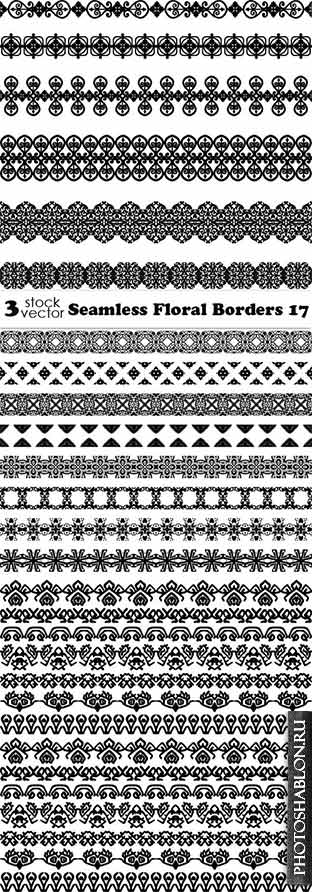
Vectors - Seamless Floral Borders 17
3 AI | +TIFF Preview | 55 MB
|

Vectors - Vintage Blank Postcards 2
3 AI | +TIFF Preview | 73 MB
|

Vectors - Creative Balloons Alphabets
3 AI | +TIFF Preview | 77 MB
|

Vectors - Blue 2017 Year Backgrounds 4
4 AI | +TIFF Preview | 100 MB
|

Векторный клипарт - Новогодние елки / Vectors - Abstract Christmas Trees 4
3 AI | +TIFF Preview | 83 MB
|
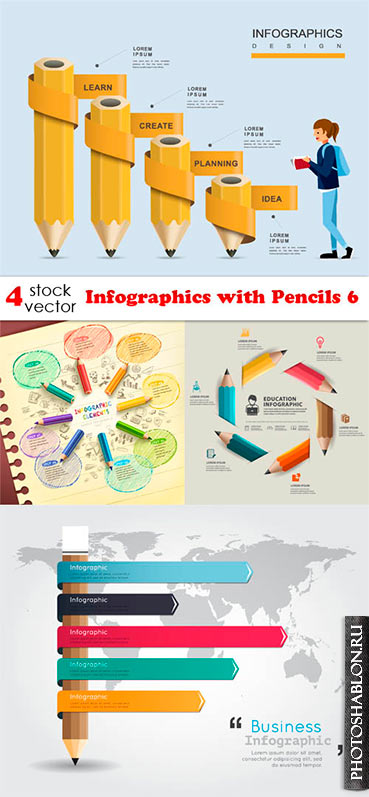
Инфографика с карандашами / Vectors - Infographics with Pencils 6
4 AI+TIFF | 81.33 Mb
|
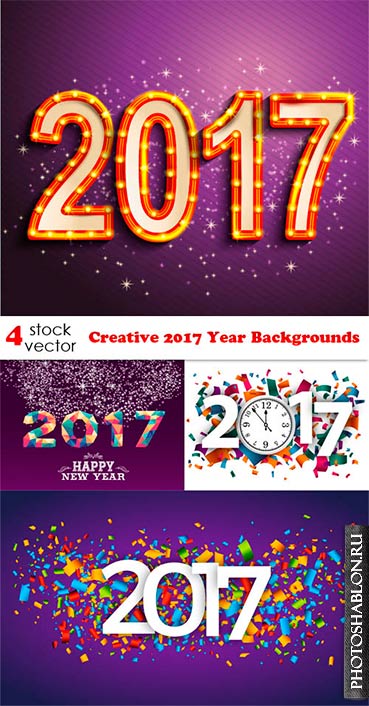
Vectors - Creative 2017 Year Backgrounds
4 AI+TIFF | 75.8 Mb
|

Vectors - Retro Lights Alphabets 3
3 AI+TIFF | 72.92 Mb
|
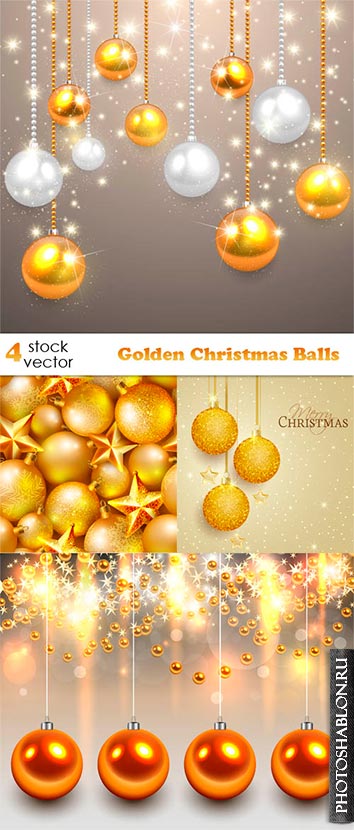
Векторный клипарт - Золотые новогодние шары / Vectors - Golden Christmas Balls
4 AI+TIFF | 149.71 Mb
|
|
Векторная графика, в отличие от растровой, строится не на основе сетки пикселей, а на математическом описании геометрических объектов - линий, кривых, многоугольников. Это позволяет векторным изображениям масштабироваться до бесконечности без потери качества, оставаясь четкими и гладкими даже при многократном увеличении. Каждый элемент в векторном изображении - это независимый объект, который можно редактировать отдельно, изменяя его цвет, форму, размер, положение, и т.д. Это делает векторную графику идеальным выбором для создания логотипов, иллюстраций, шрифтов, и других изображений, где важна четкость и масштабируемость.
Одним из ключевых преимуществ векторной графики является её компактность. Поскольку векторные изображения описываются математическими формулами, а не информацией о каждом пикселе, файлы обычно значительно меньше по размеру, чем их растровые аналоги. Это особенно важно для веб-графики и анимации, где размер файла напрямую влияет на скорость загрузки страницы и производительность. Кроме того, векторные файлы легче редактировать и обновлять, поскольку изменение одного объекта не требует повторной обработки всего изображения, как в случае с растровой графикой.












